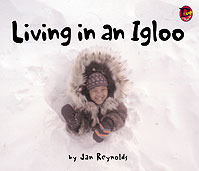
![]() Katherine Ali is a dual-certified elementary and special education teacher. She recently graduated as a literacy specialist with a Masters in Science from Manhattanville College. She has experience teaching internationally in northern China and now teaches in the Bronx, NY.
Katherine Ali is a dual-certified elementary and special education teacher. She recently graduated as a literacy specialist with a Masters in Science from Manhattanville College. She has experience teaching internationally in northern China and now teaches in the Bronx, NY.
In order to be active participants in the literate world, students must be reading, writing, speaking, and listening at all ages. The natural interplay of language looks slightly differently across grades levels, but the foundations and mission are the same:
Reading: Text Complexity and the growth of comprehension
We want our students to ascend the staircase of text complexity and simultaneously sharpen their comprehension skills. Students, of all ages, need to build stamina through independently reading more rigorous and complex texts. Additionally, read-alouds allow students to access content and concepts they may not be able to decode themselves.
Writing: Text types, responding to reading, and research
Opinion pieces, research-based projects, and narratives are the three main categories of student writing the Common Core State Standards focus on. It is also imperative that our students engage in the writing process and expand their writing style using the conventions of the English language.








